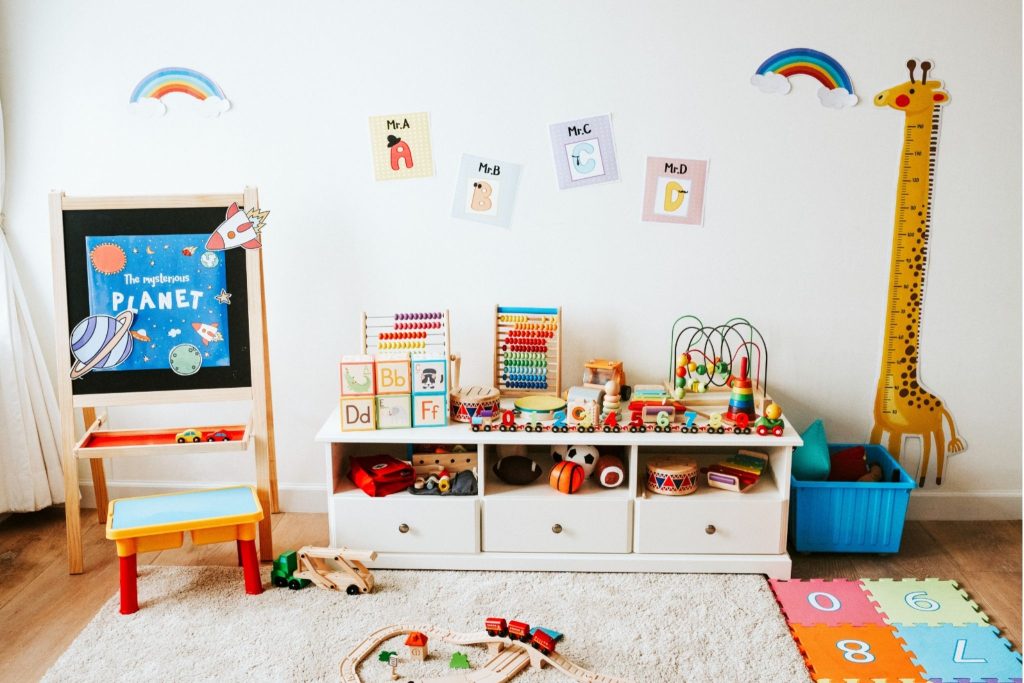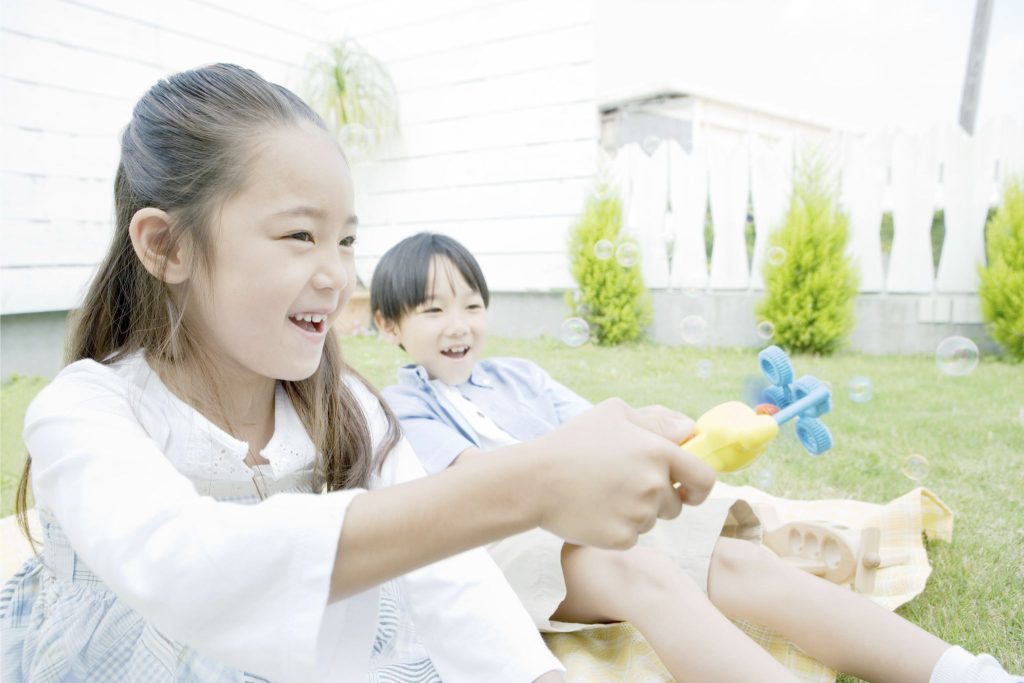
On 13 October 2023, ASTM International has published a revised ASTM F963 Standard Consumer Safety Specification for Toy Safety ASTMF963-23 which will replace ASTM F963-17.
The revisions are mainly on the sections of Acoustic, Battery Accessibility, Expanding Materials, and Projectiles. Furthermore, the revisions also include the phthalate requirements of the Federal Regulation 16 CFR 1307 on accessible plasticized components. Other revisions include tracking labels for toys with respective Federal regulations and U.S. Consumer Product Safety Commission (CPSC) policy, as well as other editorial changes.
In accordance with section 106(g) of Consumer Product Safety Improvement Act of 2008 (CPSIA), once ASTM International notifies the Consumer Product Safety Commission (CPSC) revisions to ASTM F963, CPSC has up to 90 days to review and respond to the revisions, which is to accept or reject the revisions in part or whole. If no objections are raised, the revisions will come to effective 180 days after the notification (expected in mid-April 2024).
Below shows some noticeable amendments:
| Safety Requirements | Amendments |
| Acoustics | Clause 4.5 The use and the abuse tests for sound-producing toys intended for 8 to 14 years old was added. The requirements of use and abuse appropriate to 36 to 96 months old children are also going to be applied. The statement also specifying the toy shall be tested to all applicable requirements if the toy has features that are fit into different categories. The most appropriate requirement shall be conform if the toy is not clearly fit in any categories. New categories are as follow:Close-to-ear ToysHand-Held ToysRattlesStationary or Self-propelled Tabletop, Floor, or Crib ToysUser-propelled Tabletop, Floor, or Crib ToysPush or Pull ToysToys using Explosive Action |
| Battery Accessibility | Clause 4.25.4.1 / Clause 4.25.4.2 The battery should not be accessible without using common household tools to access the battery(ies) for the toys intended for children less than 3 years old or with batteries fit completely within the specific small parts test cylinder. Clause 4.25.4.3 A new requirement of battery accessibility was added which specified that the fastener shall remain attached to the toy or battery compartment cover if it is used to secure the battery compartment, before and after the abuse tests. Clause 4.25.4.4 When use of specialty fastener (e.g. Torx, Hex) to secure the battery compartment and come with the tool should be comply with labelling in Clause 6.9 Clause 6.9 The instruction materials for toys that require specialized tools from the manufacturer or custom tool to access the batteries should advise caregivers to keep the tool for future use, store it out of reach of children, and make it clear that the tool is not a toy. |
| Expanding Materials | Clause 4.40.1.1 The toy contains small parts that are enclosed in an outer covering that is designed to be dissolved, opened, or broken by the child, revealing the inner expanding component are consider applicable. Clause 4.40.1.2 If the components is distribute in an expanded state, but they are capable to shrink in size during storage, identity as re-expandable small parts are consider applicable. |
| Tracking Label | Clause 5.1.2 New added requirement to align with CPSC requirement. Added requirement to in compliance with Section 14(a)(5) of the Consumer Product Safety Act (COSA, 15 U.S.C. §2063(a)(5)) |
| Projectiles | Clause 8.14.5 A detailed method for testing the kinetic energy of bows and arrows has been added, the test condition of the toys with the arrow with bent or stretch capable design has been added. |
| Heavy Elements | Clause 4.3.5 Materials that are the subject of exemptions listed in the most current version of 16 CFR 1500.88 are excluded from the lead-related requirements. Materials that are the subject of determinations listed in the most current revision(s) of 16 CFR 1251 (for wood), 16 CFR 1252 (for engineered wood), 16 CFR 1253 (for unfinished manufactured fibres), or 16 CFR 1500.91 (for certain materials), as exempt from testing and certification requirements, are excluded from the requirements. |
| Phthalates | Clause 4.3.8 Revised to align with CPSC requirements. Replaced the obsolete ASTM D3421 test method with the current CPSC-CH-C1001-09.4 test method. |
Until the ASTM F963-23 is approved by the CPSC becomes the mandatory Direct Final Rule, the testing and certification of the toys manufactured shall be based on the current mandatory toy safety standard ASTM F963-17.

The US Environmental Protection Agency (EPA) finalized its reporting and recordkeeping rule for per- and polyfluoroalkyl substances (PFAS) under the Toxic Substances Control Act (TSCA). Any person that manufactures (including imports) or has manufactured (including imported) PFAS or PFAS-containing articles in any year since 1 January 2011, must submit information via online about PFAS uses, production volumes, disposal, exposures, and hazards. Any entities that have manufactured (including imported) PFAS in any year since 2011 will have 18 months following the effective date to report PFAS data to the EPA. Small manufacturers whose reporting obligations under the rule are exclusively from article imports will have 24 months from the effective date to report PFAS. The rule has come to effective on 13 November, 2023.
There are at least 1,462 PFAS chemicals have been identified under the reporting requirements of the reporting rules. Any chemical substances or mixture that contain a PFAS, which is listed on the TSCA Chemical Substance Inventory, or on the TSCA Section 5 Low Volume Exemption List, or if it meets the “structural definition” provided in the rule, is required to report.
Perfluoroalkyl and Polyfluoroalkyl Substances (PFAS), in general, are referred to as ‘forever chemicals’. They can considered persistent, bio-accumulative and toxic (PBT), potentially causing adverse effects on wildlife and human populations. Public has already raised concern of PFAS exposure to various health issues, including risk of certain cancers, immune system disorder, and developmental problems in children.
To deal with the complexities of regulatory compliance and eliminate the chance of failing to comply with regulations, our experts can assist your business in navigating these new requirements seamlessly, ensuring that you comply with all EPA standards, meet deadlines, and stay abreast of new regulatory updates.
On October 13, 2023, ASTM International published Standard Consumer Safety Specification for Toy Safety ASTM F963-23.
Currently, ASTM 963-17 is still a mandatory standard mandatory requirement under federal regulations 16 CFR 1250.
In accordance with section 106(g) of Consumer Product Safety Improvement Act of 2008 (CPSIA), once ASTM International notifies the Consumer Product Safety Commission (CPSC) revisions to ASTM F963, CPSC has up to 90 days to review and respond to the revisions, and accept or reject revisions in part or whole. If the CPSC does not respond to ASTM International within 90 days regarding the revisions to ASTM F963, 90 days later (180 days total after notification by ASTM International), the revisions become effective as a consumer product safety rule.
Following is the main technical revisions affect the requirements:
- Acoustics
- Battery accessibility
- Expanding materials
- Projectiles
In addition, updates have been made to align requirements within the standard to federal and CPSC requirements relating to the following:
- Phthalates
- Exemptions for toy substrate materials
- Tracking labels
Until the ASTM F963-23 is approved by the CPSC becomes the mandatory Direct Final Rule, the testing and certification of the toys manufactured shall be based on the current mandatory toy safety standard ASTM F963-17.

European Union has issued the Commission Regulation (EU) 2023/1442 to amend Commission Regulation (EU) No 10/2011 (on plastic materials and articles intended to come into contact with food) on 12 July, 2023.
The amendment amends table 1 (Union list of authorized monomers, other starting substances, macromolecules obtained from microbial fermentation, additives and polymer production aids) and table 2 (Group restriction of substances) of Annex I of EU No 10/2011. Below shows highlights of the amendment:
- Remove entry 96 (wood flour and fibers, untreated) and entry 121 (salicylic acid) from table 1;
- Add new substances:
- entry 1078 (tris(2-ethylhexyl) benzene-1,2,4-tricarboxylate)
- entry 1080 ((triethanolamine- perchlorate, sodium salt) dimer)
- entry 1081 (N, N-bis (2-hydroxyethyl) stearylamine partially esterified with saturated C16/C18 fatty acids)
- entry 1082 (Phosphoric acid, mixed esters with 2-hydroxyethyl methacrylate)
- entry 1083 (Benzophenone-3,3′,4,4′- tetracarboxylic dianhydride (‘BTDA’))
- Revise limits of several phthalates
| Phthalates | EU No 10/2011 | EU 2023/1442 amendment |
| Table 1 (Union list) | ||
| DBP (Entry 157) | SML < 0.3 mg/kg | SML <0.12 mg/kg |
| BBP (Entry 159) | SML <30 mg/kg | SML <6 mg/kg |
| DEHP (Entry 283) | SML <1.5 mg/kg | SML <0.6 mg/kg |
| DINP (Entry 728) | — | Not to be used in combination withfood contact material substances DBP, BBP, DEHP, or DIBP |
| Table 2 (group restriction) | ||
| Group restriction of DINPand DIDP (Entry 26) | SML <9 mg/kg | SML <1.8 mg/kg |
| Group restriction of substancesincludes phthalates (Entry 32) | 20 substances | 22 substances(Add tris(2-ethylhexyl) benzene-1,2,4-tricarboxylate and DIBP) |
| Group restriction ofDEHP equivalent (Entry 36) | — | SML of DBP*5 + DIBP*4 + BBP*0,1 + DEHP*1shall be <0.6 mg/kg |

Japanese Toy Safety Mark (ST Mark) is managed and issued by the Japan Toy Association, which stipulates the mechanical and physical properties, flammability properties and chemical safety properties of toys. This standard is voluntary. Only products that meet this standard can be allowed to bear the ST mark on the product itself. Although it is not a mandatory standard, it has a very important impact on the acceptance of toys in the Japanese market. The Japanese toy standard (ST) is the most important quality and safety standard in the Japanese toy market.
Food Sanitation Law (FSL) promulgated by the Ministry of Health, Labor and Welfare of Japan, is formulated to ensure the safety and hygiene of food, protect people from health risks caused by diet, and help improve and promote public health. The scope of the law includes: food additives, equipment, container packaging and toy products. The Food Sanitation Law regulates the harmful chemicals of lead, cadmium, formaldehyde and phthalate plasticizers used in toys, the production standards of toy raw materials and toys, and it is the most important official regulation to ensure the quality and safety of toys. Therefore, relevant food containers, packaging and toy products must meet the requirements of the Food Sanitation Law before entering the Japanese market.
For export to the Japanese market, CMA Testing has been an accredited laboratory of the Japan Toy Association (JTA) as early as 1986 and has conducted the testing of the third part of the Japanese Toy Safety Standard ST. And we also has been recognized by the Ministry of Health, Labor and Welfare (MHLW) of Japan to test the FSL. Our company has many years of experience in Japanese toy safety testing, and is your trusted third-party testing laboratory.

